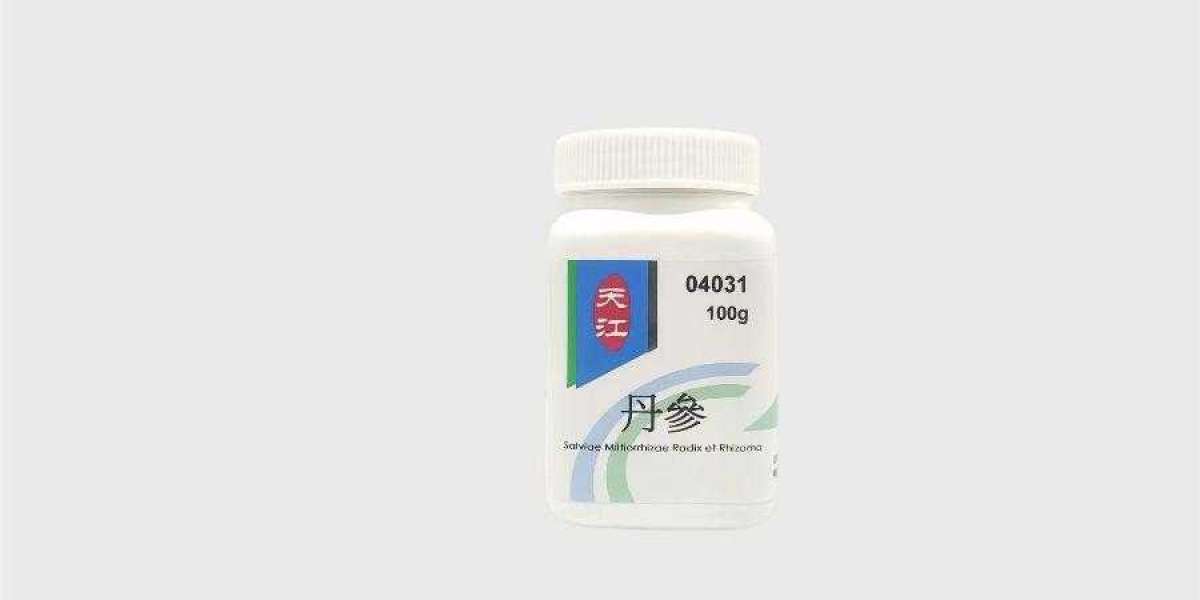Phosphoric acid also called orthophosphoric acid is a weak acid with the chemical formulation H3PO4. Orthophosphoric acid is referred to as phosphoric acid, which is the IUPAC term for this compound. The prefix ortho- is used to differentiate the acid from linked phosphoric acids, known as polyphosphoric acids. Orthophosphoric acid is a non-toxic acid in nature, which, when pure, is a solid at room temperature and pressure. The conjugate base of phosphoric acid is the dihydrogen phosphate ion, H2PO-4, which in turn contain a conjugate base of hydrogen phosphate, HPO2-4, which also contain a conjugate base of phosphate, PO3-4. Phosphates are vital for life.
The most common form of phosphoric acid is an 85% liquid solution; these solutions are colorless, nonvolatile and odorless. The 85% solution is a thick liquid, but still transferable. Even though phosphoric acid does not meet the strict meaning of a strong acid, the 85% solution is acidic enough to be harsh.
Physical Properties: Pure phosphoric acid is a white crystal-like solid with a melting point of 42.35° C. When it is less dense, it is a colorless, viscous liquid, odorless with a density of 1.885 g/mL. It is non-toxic and non-volatile in nature. The most commonly used phosphoric acid concentration is 85% in H2O water.
Chemical Properties: Phosphoric acid has three acidic and replaceable H atoms. Therefore, it reacts in a different way from other mineral acids. It can react with bases to produce three classes of salts by the substitution of one, two, or three hydrogen atoms, such as Na2HPO4, NaH2PO4, and Na3PO4, separately.
At high temperatures, phosphoric acid molecules can react together and combine to produce dimers, trimmers, and even long polymeric chains or series like metaphosphoric acids and polyphosphoric acids
2H3PO4 → H4P2O7 (anhydride of phosphoric acid)
Manufacturing
Phosphoric acid is manufactured industrially in two general ways.
Fluoroapatite is a substitute feedstock, in which case fluoride is removed as an insoluble compound Na2SiF6. The phosphoric acid solution typically contains 25–35% P2O5 (32–46% H3PO4). It can be concentrated to make commercial grade phosphoric acid, which has about 55–63% P2O5 (76–86% H3PO4). Further elimination of water produces super phosphoric acid with a P2O5 concentration of above 80% (equivalent to nearly 100% H3PO4). Calcium sulfate (gypsum) is formed as a by-product and is removed in the form of phosphogypsum.
The phosphoric acid from both procedures can be further purified by eliminating compounds of arsenic and other possibly toxic impurities.
Wet Process
Phosphoric acid is manufactured from fluorapatite, called phosphate rock, 3Ca3(PO4)2. CaF2, by the adding of concentrated (95%) sulfuric acid in a chain of well-stirred reactors. This results in calcium sulfate (gypsum) and phosphoric acid plus other insoluble impurities. water is added, and the gypsum is eliminated by filtration along with other insoluble substances (e.g. silica). Fluoride, as H2SiF6, is eliminated at a further stage by evaporation.



